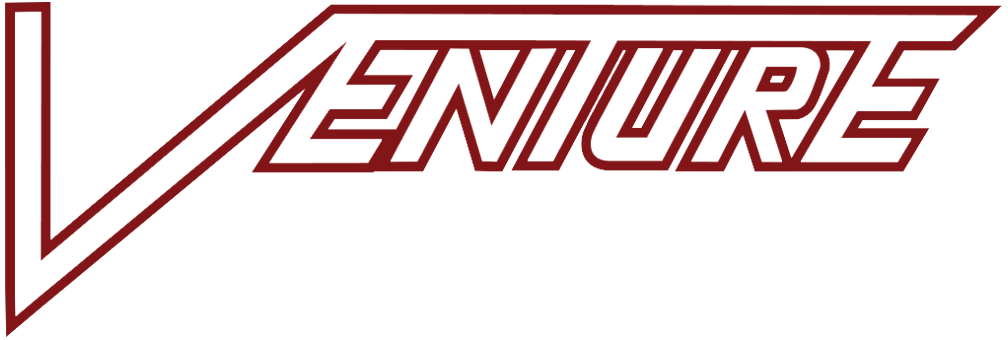Introduction
Did you know that corrosion accounts for nearly 50% of pipeline failures worldwide?
Maintaining pipeline systems isn’t just about ensuring smooth operations—it’s about safeguarding investments, protecting the environment, and maintaining safety standards.
In this guide, we’ll explore the most common challenges pipeline operators face, proven maintenance strategies, and how quality materials can extend pipeline lifespan.
Common Challenges in Maintaining Pipeline Systems
Corrosion
Pipelines are often exposed to harsh conditions like moisture, chemicals, and saltwater, making them susceptible to rust and degradation. Without protective measures, corrosion can lead to leaks and structural failures.
Physical Damage
Environmental factors such as ground shifts, accidental impacts, or natural disasters can cause physical damage to pipelines.
Pressure Fluctuations
Rapid changes in pressure can weaken pipeline walls over time, making them more prone to ruptures.
Best Practices for Maintaining Long-Lasting Pipeline Systems
Regular Inspections
Routine inspections are critical for identifying potential issues before they escalate. Technologies like pigging devices allow operators to examine the inside of pipelines without halting operations. Ultrasonic testing and magnetic flux leakage tools help detect corrosion and weak points.
Protective Coatings and Linings
Applying high-quality coatings, such as epoxy or polyurethane, prevents corrosion and improves pipeline durability. Galvanized linings add an extra layer of protection against moisture.
Leak Detection Systems
Modern pipelines benefit from real-time monitoring systems that can detect leaks or pressure drops immediately, minimizing downtime and environmental impact.
Timely Repairs and Upgrades
Delaying repairs often results in higher costs and larger-scale failures. Proactively replacing worn or damaged sections ensures consistent performance.
Importance of High-Quality Materials
Pipelines built with durable materials like carbon steel or stainless steel are better equipped to withstand harsh conditions. For environments prone to corrosion, using materials with protective coatings can drastically extend the lifespan of the pipeline system.
Case Study: Proactive Maintenance in Action
A mid-sized oil field in Texas faced significant corrosion issues due to high humidity. By implementing regular ultrasonic inspections and upgrading to epoxy-coated steel pipelines, the operators extended the system’s lifespan by 15 years. This proactive approach also reduced maintenance costs by 25%.
Conclusion
Maintaining long-lasting pipeline systems requires more than routine checks—it demands the right materials, advanced technology, and a commitment to proactive care. By addressing challenges early and investing in high-quality solutions, operators can ensure safety, efficiency, and long-term cost savings.
Ready to enhance your pipeline systems? Contact Venture Pipe & Supply for expert guidance and premium pipeline materials.


